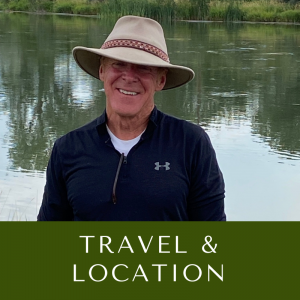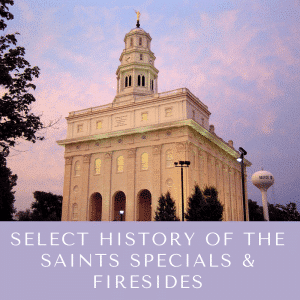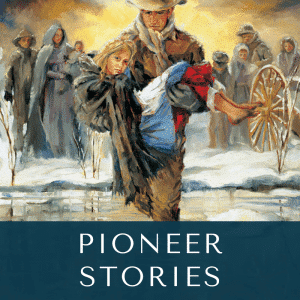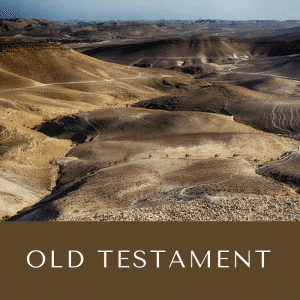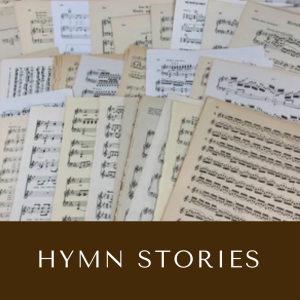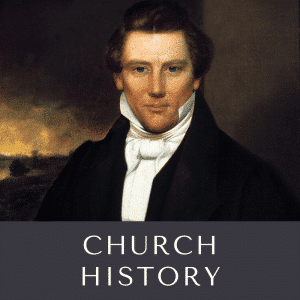Description
The Dreamer – George Cunningham
George Cunningham was 15 years old when he left his native Scotland with his parents and three sisters to gather to Zion. George had begun working in a coal pit when he was only 7 years old to help support his family. He worked there for 6 years, sometimes for 12 to 14 hours a day. The air was bad in the coal pit, and he sometimes wouldn’t see the sun except on Sunday, his only day off.
His family, who had joined the Church shortly after George’s birth, was grateful when the way opened for them to emigrate. George thanked God for his blessings when he arrived in America, a country he had been taught to believe was a “land of promise.”
Twenty years after arriving in America, George wrote a detailed reminiscence that included memories of his experiences with the Willie company. He recorded that while the company was crossing Iowa:
“People would mock, sneer, and deride us on every occasion for being such fools as they termed us, and would often throw out inducements to get us to stop. But we told them we were going to Zion and would not stop on any account.”
George, who was a teenager at the time, didn’t allow the mockery to deter him.
“People would turn out in crowds to laugh at us, crying ‘gee’ and ‘haw’ as if we were oxen. But this did not discourage us in the least, for we knew that we were on the right track. That was enough.”
George was able to give a glimmer of hope to the Willie company at a difficult time in their journey. On October 18, the company camped at the Fifth Crossing of the Sweetwater and had issued the last of the flour, leaving only one day’s rations of crackers. With people becoming weaker every day, many would die unless rescue came soon.
On October 19, the Willie company had to leave the Fifth Crossing and travel 16½ miles to meet the river again at the Sixth Crossing. The day dawned very cold, and some of the children who had been crying with hunger were now also crying because of the cold. After the people had traveled a few miles, a snowstorm blasted them for about half an hour. While the company stopped to wait out the storm, George kept looking expectantly to the west.
The previous night, he’d had a vivid dream. In this dream, the people “had started out on the road” in the morning. It had begun to snow, but “the storm had subsided some.” George continued:
“I thought that I saw two men coming toward us on horseback. They were riding very swiftly and soon came up to us. They said that they had volunteered to come to our rescue and that they would go on further east to meet a company which was still behind us and that on the morrow, we could meet a number of wagons loaded with provisions for us. They were dressed in blue soldier overcoats and had Spanish saddles on their horses. I examined them, particularly the saddles, as they were new to me. I also could discern every expression of their countenance. They seemed to rejoice and be exceedingly glad that they had come to our relief and saved us.”
That day, George was amazed when he actually saw two men, like those he had dreamed about, riding fast toward the company. He called out for everyone to look. “Here they come! See them coming over that hill,” he cried.
Two men on horseback and two others in a light wagon quickly rode into camp. These men were Joseph A. Young, Cyrus Wheelock, Stephen Taylor, and Abel Garr—members of George Grant’s rescue company.
Five days earlier, George Grant had sent these men ahead as an express to find the handcart Saints. Members of the Willie company were overjoyed to see them.
William Woodward recalled:
“[They] brought us the cheering intelligence that assistance was near at hand, that several wagons loaded with flour, onions, & clothing, including bedding, were within a day’s drive of us.”
“They were saviors coming to [our] relief,” wrote Joseph Elder.
The people told George Cunningham that he “was a true dreamer, and we all felt that we should thank God.” After reaching Utah, the Cunningham family went to American Fork, where George lived the rest of his life.
He married Mary Wrigley in 1863, and they became parents of 13 children. During his life George worked at day labor and railroad construction, owned a butcher shop, and was a teamster. He was faithful in the Church and active in community and political affairs. As a boy, George Cunningham had come to America, dreaming of a better life, and wanting to live among others who held his same religious beliefs.
From his experiences, he learned that “the nearer he lived to God, the better he felt.”
Sources:
https://www.tellmystorytoo.com/member_pdfs/george-cunningham_1614_375.pdf

